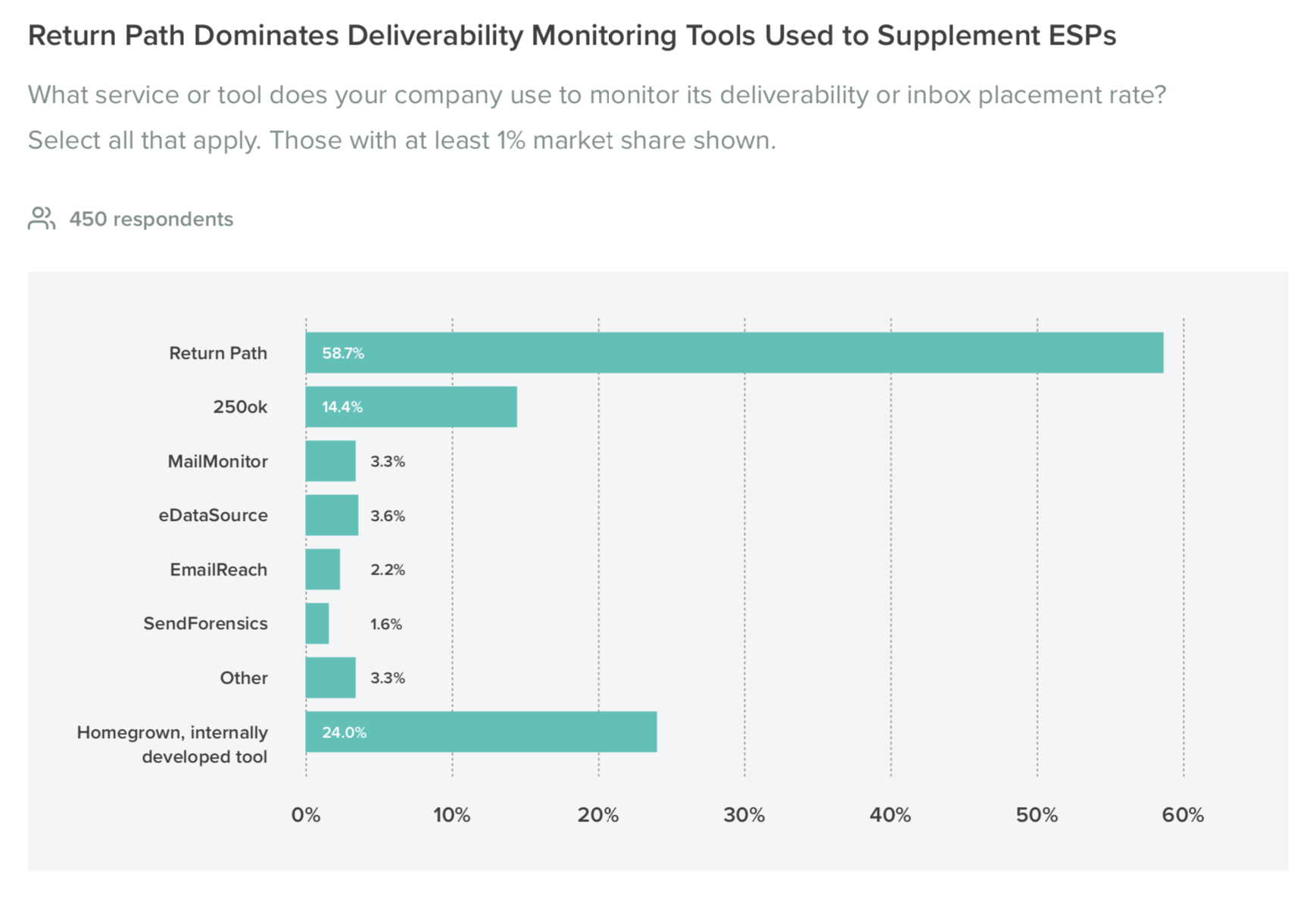Putting out Fires vs. Preventing Them From Happening: The Difference Between Pre- and Post-Send Deliverability Tools
It’s an email marketer’s nightmare: Your emails were delivered to the spam folder for a large chunk of your subscribers. It’s situations like these when many brands turn to deliverability monitoring tools and consulting services to fight deliverability emergencies. There are great tools out there that help you get to the bottom of issues when they happen. But what’s even better than having the tools to put out fires? Preventing them from happening in the first place! That’s where pre-send spam testing tools come in. Here’s the difference between pre- and post-send deliverability tools—and why you might need them both.
Back to the basics: Why deliverability matters
When you create an email campaign, you work hard to craft the right message and the perfect design. But those hours and hours spent optimizing your copy and troubleshooting tricky rendering issues will be all for nothing if the email ends up in the spam folder instead of the inbox. An email that’s categorized as spam is much less likely to be read—and if your email doesn’t serve its purpose, you may as well have not sent it, and the time and money you spent goes down the drain.
Your emails could be categorized as spam without you knowing. Too often, brands only notice spam issues once they see their email performance numbers drop—but at that point, the damage is already done.
70% of emails show at least one spam-related issue that could impact deliverability.
To ensure their emails reach the inbox, many brands rely on the power of spam testing and deliverability monitoring tools and services. On the highest level, we can put those services into two main categories: Pre- and post-send deliverability tools. Let’s take a look at what’s the key difference.
Monitor Inbox Placement Rates and Fix Issues with Post-Send Deliverability
As the name implies, post-send deliverability tools sit at the very end of the email workflow. Once you deploy an email, post-send deliverability tools use panel and seed list data to look at where your email was placed. So after you hit the send button, what percentage of your emails went to the inbox versus the spam folder?
That’s insights you don’t typically get from your email service provider (ESP). With your ESP, you can see whether an email was delivered or not—that’s whether or not an email was received by the mailbox provider’s servers—and that doesn’t tell you if your emails made it to the inbox. Sure, your email might have been delivered (that means the email address did not bounce), but it could have been delivered to the spam folder. Using a third-party deliverability monitoring tool can help you get that crucial insight. Plus, if you’re seeing your emails being delivered to the spam folder, deliverability monitoring companies often provide you with tools and consulting services to get your program back on track.
Return Path and 250ok are the most popular post-send deliverability monitoring tools, according to our research.

Post-send deliverability monitoring tools like the ones above are powerful when it comes to fighting deliverability emergencies when they happen. Great marketers know how to use the power of these tools to act fast and reduce brand damage in case of a deliverability crisis. But the best marketers take it a step further: They take a proactive approach and prevent deliverability emergencies from happening in the first place. Just like the smartest people go see a doctor before they get sick.
Manage your deliverability proactively with Pre-Send Spam Testing
Many marketers think deliverability is a black box that makes it impossible to get insights into before you hit send. That’s not quite true. While spam filters change frequently and inbox providers will never share their secret recipe for what makes an email go to spam, there are a few things that we know will hurt your deliverability. For example:
- If your domain is blocklisted, it’s likely that your emails will get caught by spam filters
- If your emails aren’t authenticated using SPF and DKIM, your emails might get marked as spam
- If your DMARC record isn’t set up correctly, that’s a red flag for spam filters
- If your email contains spammy content, that’s increasing the likelihood of being delivered to the spam folder
And guess what: All these things you can check for before you hit send. And if you spot an issue, you can fix it before you hit the send button, preventing deliverability issues before they happen. Pre-send spam testing tools empower marketing teams to take control over their deliverability and tackle issues proactively, even without deep technical knowledge or years of deliverability troubleshooting experience.

Make it to the inbox—not the spam folder—with Litmus Spam Testing
Take control and own your emails’ deliverability health and identify issues that may send your emails into the spam folder before you send. Discover if you’ve been blocklisted, validate your email authentication, get actionable advice on how to fix issues and improve the performance of your email campaigns:
Brands that use the power of Litmus’ pre-send Spam Testing see an email ROI that’s 22% higher.
Take the proactive approach to email deliverability →

Bettina Specht
Bettina Specht was the Senior Content & Lifecycle Campaigns Manager at Litmus
